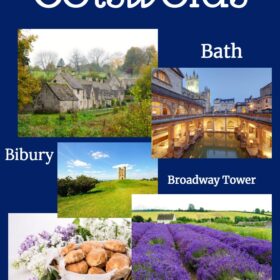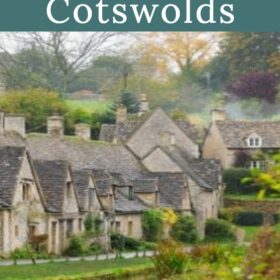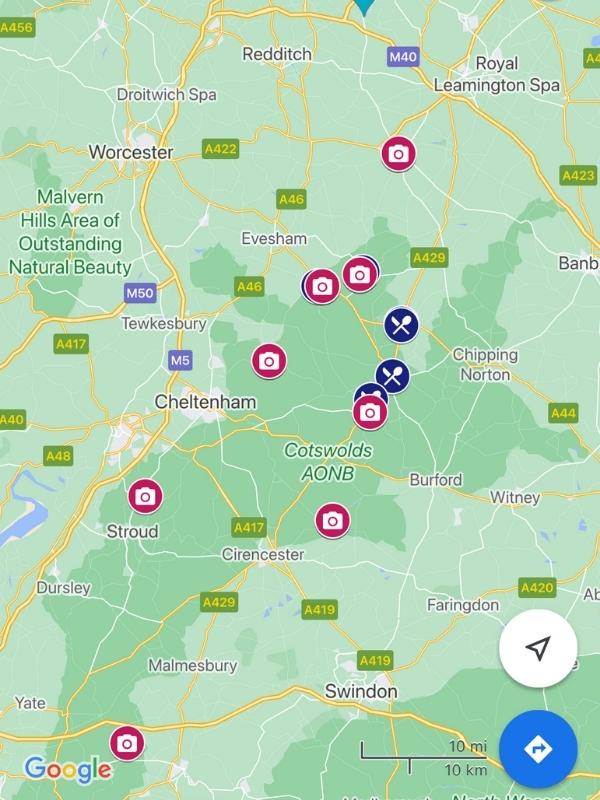Are you planning a Cotswolds trip and want to know the best things to do in the beautiful English Cotswolds? We have you covered! You will find our guide to the best things to do in the Cotswolds is exactly what you need to help you plan.
The Cotswolds are an area of outstanding natural beauty and one of the top destinations in the UK and you can easily spend several days exploring the area.
In this article, we cover some of the best things to do in the Cotswolds including visiting some of the pretty villages for which the area is world-famous.
Below you will find a list of the best things to do in the Cotswolds. Further down you will find a map of the area as well as places to stay and finally at the end of the article you can find tips to help you make the most of your visit.
Looking for accommodation in the Cotswolds? My guide to the best places to stay in the Cotswolds (villages and hotels) has options for every travel style and budget.
- London to the Cotswolds – Best small group guided tour options from London (& Cotswolds)
- 17 things to do in the Cotswolds
- Visit the pretty Cotswold villages
- Walk the Cotswold Way
- Explore Warwick Castle
- Discover Sudeley Castle
- Snowshill Manor
- Blenheim Palace
- Visit the historic city of Bath
- Batsford Arboretum
- Tickle some trout at Bibury Trout Farm
- Cheltenham
- Kelmscott Manor
- Cirencester
- Enjoy the sights and smells at Cotswold Lavender Fields and Farm
- Climb Broadway Tower for spectacular views of the Cotswold's countryside
- Arlington Row
- Take a cookery course
- Have a traditional pub meal or afternoon tea
- Cotswolds Attractions Map
- Best places to stay in the Cotswolds
- Tips to make the most of your Cotswolds visit
- Final words about visiting the Cotswolds
London to the Cotswolds – Best small group guided tour options from London (& Cotswolds)
⭐️ If you want to make the best out of your visit to the Cotswolds but are short on time, we recommend taking a small group tour. Book with our partners and save!
GO COTSWOLDS

THE ENGLISH BUS

17 things to do in the Cotswolds
Visit the pretty Cotswold villages
If you are planning to visit the Cotswolds the best way to organise your trip is to decide what you want to see in the different areas.
The Cotswolds can be divided into northern (Gloucestershire) eastern (Oxfordshire) and southern areas (Gloucestershire and Wiltshire) each with its own must-see villages and market towns.
There are lots of beautiful villages and towns to visit in the Cotswolds. You can find out about the most charming villages and towns to include in your itinerary here including Bibury, Bourton on the Water, Stow on the Wold, Castle Combe and Lower Slaughter (reputed to be the location of the most romantic street in England).
Below you will find the locations of some of the villages in each area – at the end of the article, there is a map where you can see the locations of all the Cotswold attractions mentioned in this article.
Looking for accommodation in the Cotswolds? My guide to the best places to stay in the Cotswolds (villages and hotels) has options for every travel style and budget.
Where are the villages located?
Northern Cotswolds
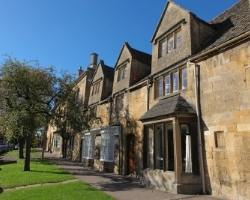
Chipping Campden
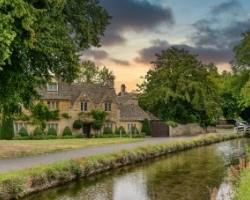
Lower Slaughter
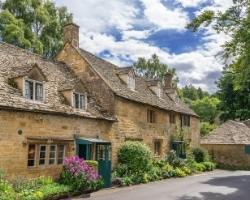
Snowshill
Eastern Cotswolds
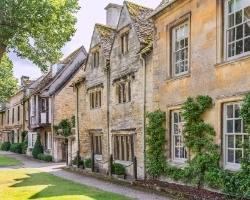
Burford
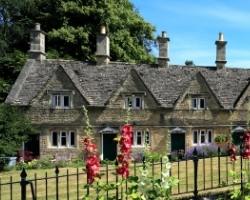
Chipping Norton
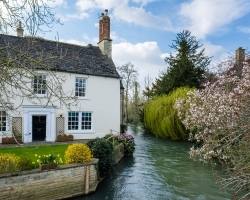
Witney
Southern Cotswolds
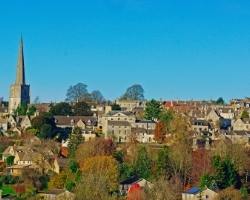
Painswick
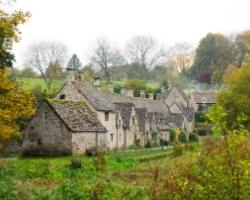
Bibury
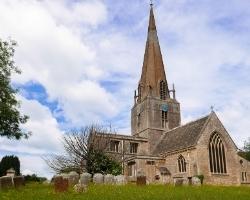
Bampton
Walk the Cotswold Way
It can be said that the best way to enjoy Cotswolds sightseeing is on foot. If you agree, then consider walking the Cotswold Way, a 102-mile long trail that winds through the Cotswold villages and countryside.
It has been a National Trail since 1998 but was officially opened in 2007, which means there are plenty of signs to follow along the way. You’ll climb rolling hills, pass through picturesque pastures dotted with sheep and discover charming little hamlets that look as though they’ve come to life from the pages of a storybook.
The trail begins in Bath and ends in Chipping Campden or can be done the other way around. It usually takes a week to walk the whole thing but that depends on how much time per day you plan to spend walking and which villages you select for spending the night.
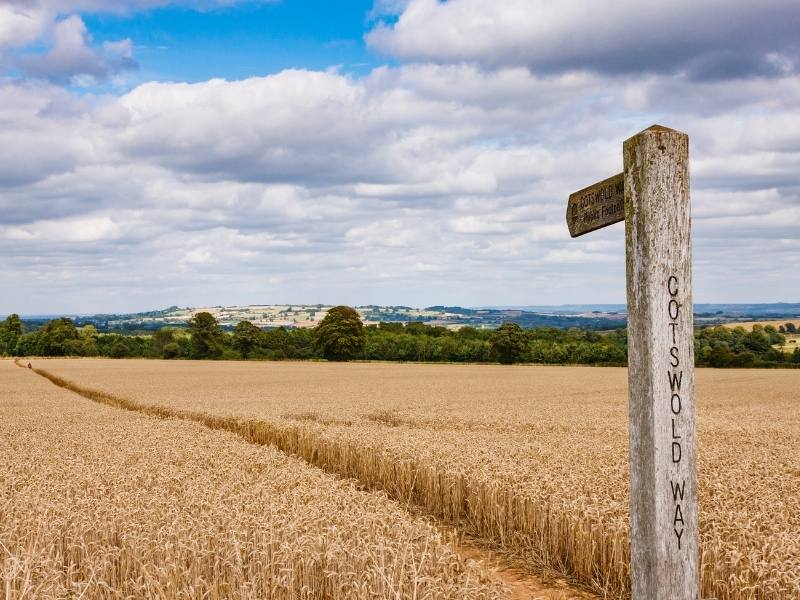
Explore Warwick Castle
If you’re looking for a fun, family-friendly historical activity, Warwick Castle (one of England’s most famous castles) is a must-do. Located deep in the English countryside in a bend of the River Avon, it is one of the best places to visit in the Cotswolds, especially if you’re interested in 14th-century military architecture.
It was built in 1068 on the orders of William the Conqueror and in spite of its long and colourful history, the castle is amazingly well preserved.
Visitors can see the State Rooms and Great Hall, which have been meticulously recreated. Once outside the castle, watch for actors in period costume roaming the grounds and giving demonstrations about medieval weaponry and archery.
Tickets: Day ticket prices for entry into the castle, grounds and gardens begin at £20.00. There will be an extra cost for special events.
Address: Warwick Castle, Warwick, Warwickshire, CV34 6AH
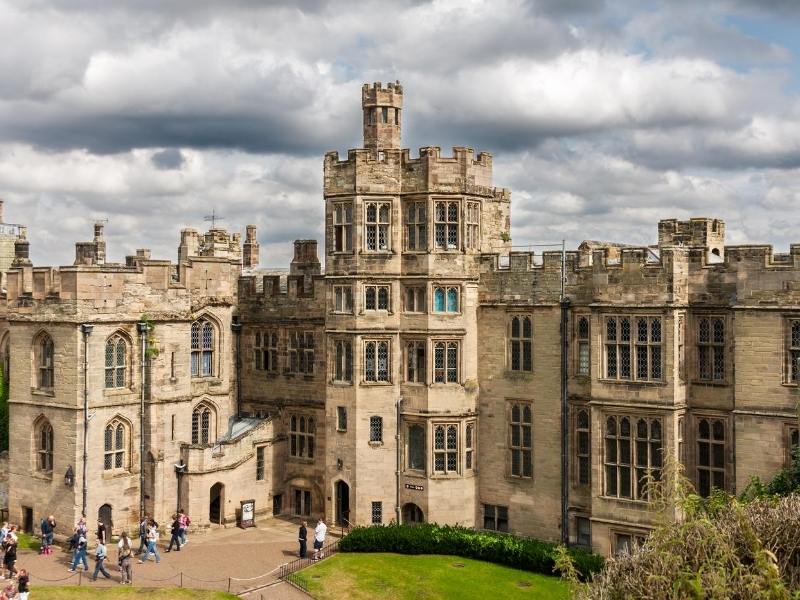
Discover Sudeley Castle
If you’re looking for romantic things to see in the Cotswolds, head on over to Sudeley Castle. It dates from the 15th century and was once the home of Katherine Parr, the last and perhaps the luckiest of Henry VIII’s six wives.
In the 19th century, the castle was restored and today it is privately owned and has been opened to the public. Inside you can tour many of the castle rooms which have historical exhibitions detailing the castle’s 1,000 years of history.
On the outside, there are 10 lovely gardens to explore as well as some mysterious overgrown ruins. Katherine Parr’s final resting place is on-site and is well worth visiting.
Tickets:
Children under 3 are free
Children (3-15) £7.95
Adults £17.25
Family ticket (two children and two adults) £45.00
Address: Winchcombe, Gloucestershire GL54 5JD
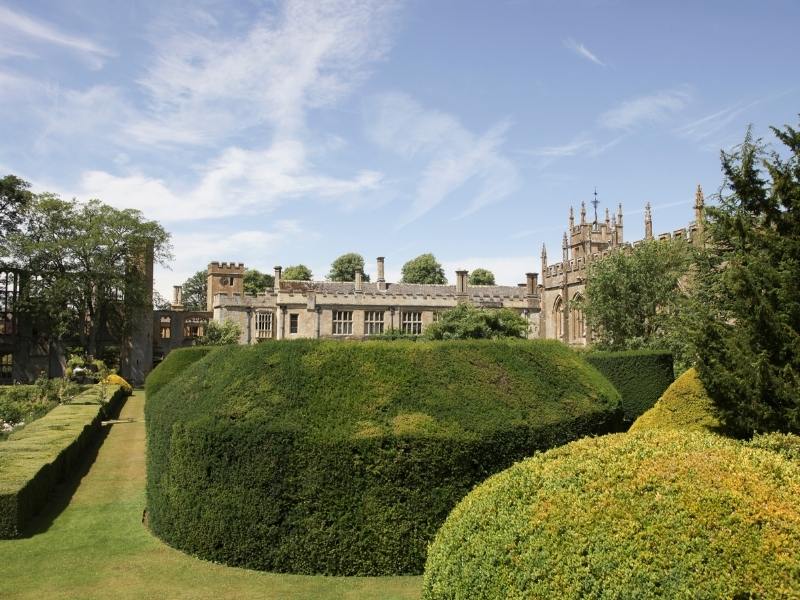
Snowshill Manor
What does an early 20th-century architect and collector do when he has acquired too many pieces of art? He buys a 16th-century country house and restores it so that he has a place to display his treasures.
Charles Paget Wade was a man who travelled the world collecting anything that caught his fancy. By the time he gave Snowshill Manor to the National Trust in 1951, there were over 22,000 items of artistic interest in its inventory.
You can’t possibly see everything but what you can see will amaze you. After the tour, go outside for a breath of fresh air and explore the garden or take a walk and enjoy the lovely grounds.
Tickets: To see the manor and garden
Children £6.30
Adults £12.00
Family ticket (two children and two adults) £30.50.
Address: Snowshill, Broadway, Gloucestershire, WR12 7JU
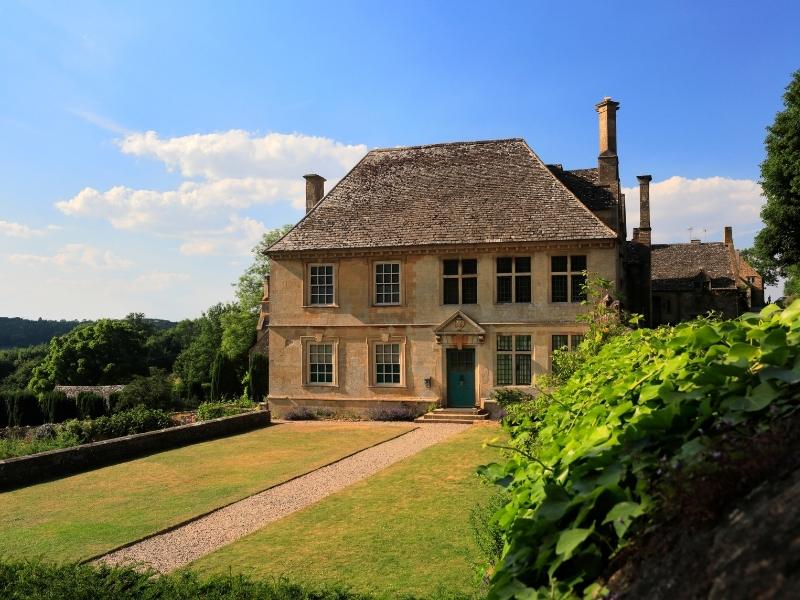
Blenheim Palace
Between the history, gardens, playground and miniature train, you could easily spend the entire day at Blenheim Palace. Though it is called a palace, it does not have any royal affiliation and is really more of an elaborate country house.
Built in the early 1700s, it is the traditional residence of the Duke of Marlborough but is best known for being the birthplace of Sir Winston Churchill. In 1987, it was designated as a UNESCO World Heritage Site. Visitors can see period furniture, tapestries and fine art in the gilded State Rooms.
The gardens showcase a variety of different eras and styles. Children are in for a treat. They can climb aboard the miniature train that chugs its way from the palace to the gardens.
Tickets: For the palace, park and gardens
Children £16.50
Adults £28.50
Family ticket (two adults and two children) £69.00
Address: Woodstock OX20 1PP
Pushed for time but want to visit Blenheim Palace and the Cotswolds? A full day escorted tour which includes visits to Blenheim Palace two beautiful Cotswold villages and a walking tour of ‘Downton Abbey’ village may be exactly what you are looking for. Click here for more information
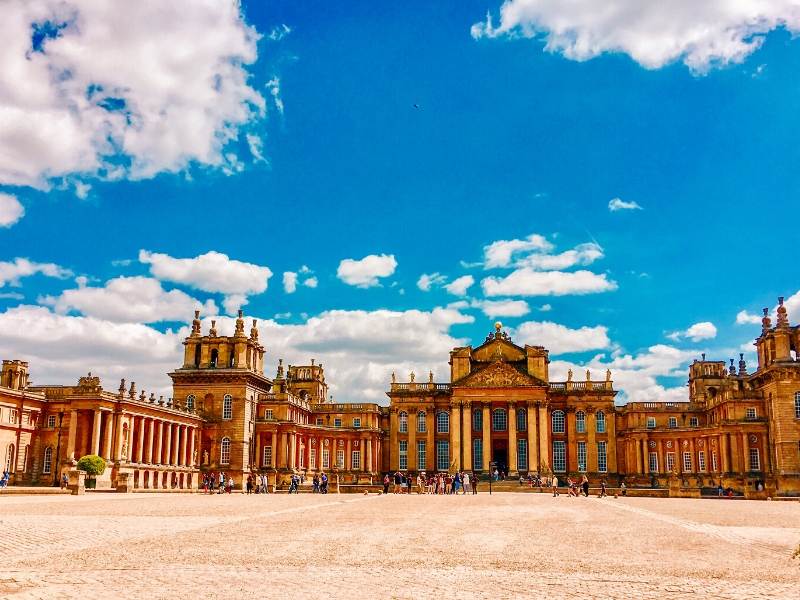
Visit the historic city of Bath
People have been travelling to Bath for relaxation and pleasure since the days of the Roman Empire. Today, it’s one of the favourite places of interest in the Cotswolds, not only for its mineral water springs but because of its rich history and culture.
Start by enjoying the Royal Crescent — a row of 30 houses built in the 1700s that are joined together to form the shape of a crescent. Like much of the town, the Royal Crescent is a superb example of Georgian architecture.
If you’re in the mood for a serious walking journey, Bath is at the start of the 102-mile Cotswold Way.
If you’d rather relax and stay in town, head to the town square for some shopping, restaurants and pubs. The town also offers museums, theatre and art galleries.
Other attractions like Stonehenge and the Longleat Safari Park are nearby as well.
Learn more about visiting Bath in my Bath Travel Guide which has all the information you need to plan your trip to the city.
Recommended tour – If you want to experience the best of the Cotswolds including Bath and Oxford as part of an organised trip this 2-day tour from London offers the perfect Cotswolds itinerary. Tour the Cotswolds, stop at the ancient stones of Avebury and experience the majesty of Bath and Oxford. See an England that you may have only seen in your history books!
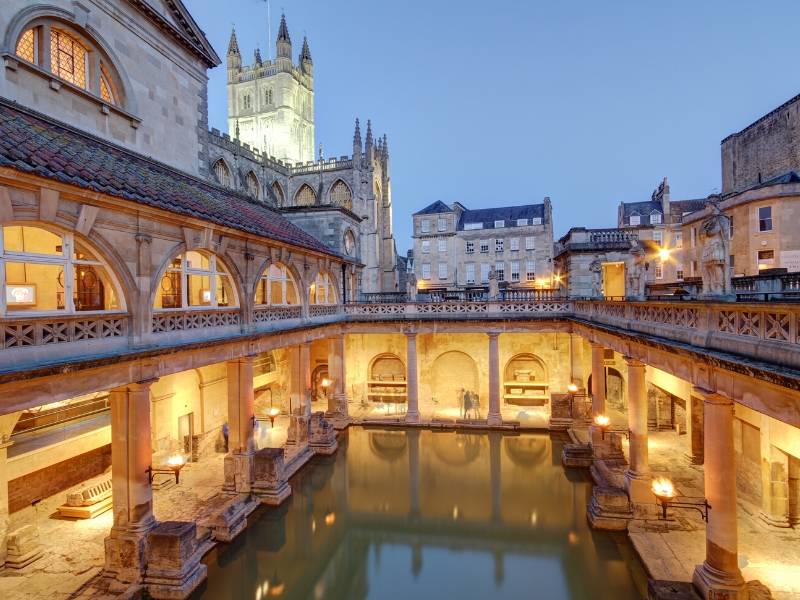
Batsford Arboretum
Looking to spend some of your vacation days out Cotswolds style? Stop in and visit the Batsford Arboretum. It’s a gorgeous 56 acres of parkland featuring the most beautiful and varied trees in the UK.
In 1886, Algernon Freeman-Mitford inherited the property and used it to display plantings gathered from his world travels. Visitors will notice that he was particularly inspired by Chinese and Japanese styles.
Batsford Arboretum is not just about trees — there are gardens with walking paths that offer stunning views of the Evenlode Valley. It is open year-round but is especially lovely in the autumn when the leaves are changing colors.
Don’t forget to stop in for a hot drink or snack at the Garden Terrace Café.
Tickets:
Children (4-16) £3.50
Adults £8.95
Families £20.00
Address: Batsford, Moreton-in-Marsh GL56 9QB
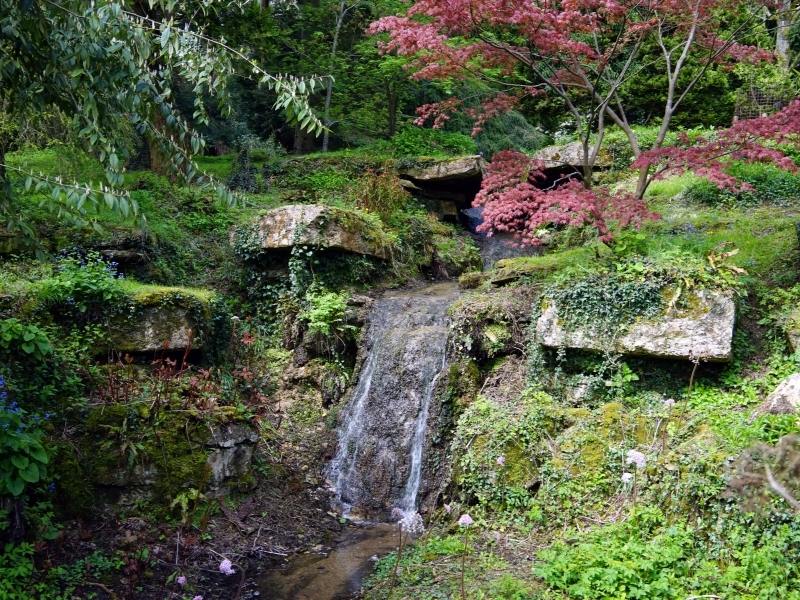
Tickle some trout at Bibury Trout Farm
The Bibury Trout Farm is more than just a fish hatchery. It’s a popular destination set on 15 of the loveliest acres in the Coln Valley. It was founded in 1902, making it one of the oldest trout farms in Britain.
The goal was to use the Bibury Springs to provide the region with native Brown and Rainbow Trout for stocking area waters.
Visitors can learn about fish production and can tour the grounds, feed the fish, visit the gift shop and get some smoked trout to take home.
The terrace café, which is open between March and October, is a charming place to enjoy a quick bite to eat. Also, in the summer months, you can try your hand at some fishing — they have rods, nets and bait.
Tickets:
Children £2.95
Adults £3.95
Family £12.50
Address: Bibury, Cirencester GL7 5NL
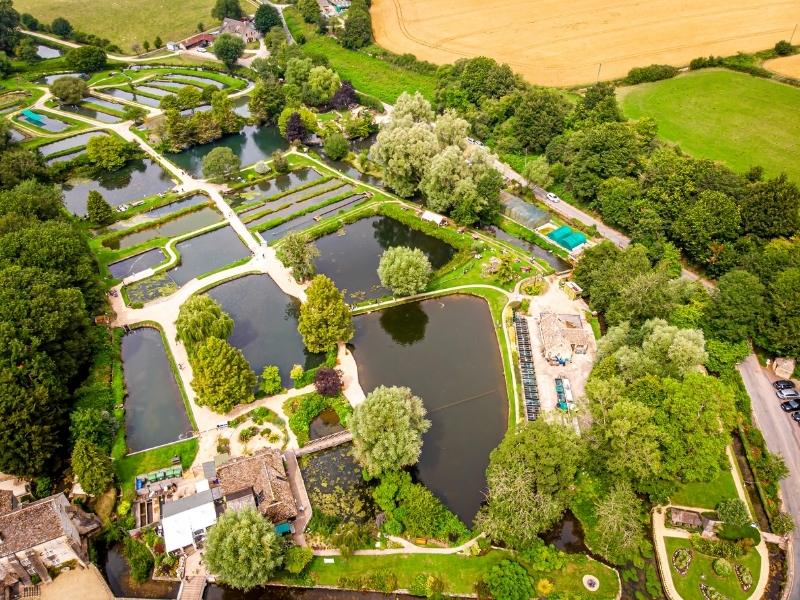
Cheltenham
In 1716, someone noticed birds pecking at salt deposits around the pools of water in the sleepy little town of Cheltenham.
It wasn’t long before mineral springs were discovered, transforming the location into one of the UK’s most popular destinations for health-minded city-folk. Ever since Cheltenham has been a fashionable getaway not just for the soothing spa mineral waters but for a complete holiday.
There is a wide variety of upscale shopping, dining, cultural activities as well as a vibrant nightlife.
Because Cheltenham plays host to so many different festivals — like jazz, literature or arts and crafts — it is considered to be the cultural centre of the Cotswolds.
Horse racing has also been a local institution for generations, so a visit to the Cheltenham Racecourse would be mandatory for any horse enthusiast.
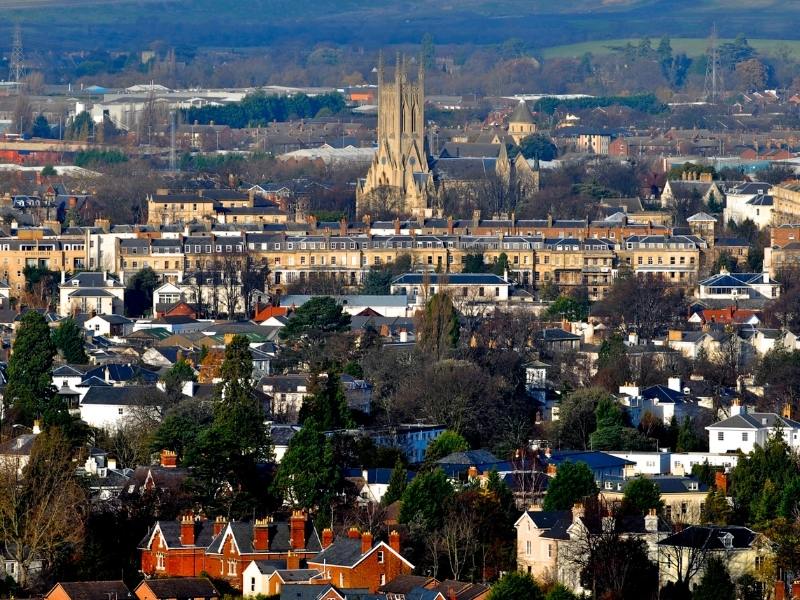
Kelmscott Manor
Kelmscott Manor was once the country home of the 19th century’s most celebrated designer, William Morris, known as the father of the Arts and Crafts movement.
The manor was built in 1600, steps away from a bend in the River Thames on a particularly lovely parcel of land.
As a textile designer, novelist and poet, Morris was heavily influenced by the serene beauty surrounding Kelmscott Manor. He particularly enjoyed how the home organically fit into the landscape and looked as if it belonged there.
Stroll through the charming gardens or wander further and explore the meadows to find a barn and a bubbling stream. There is a tea room on-site as well as a gift shop so you can purchase your very own sample of Morris’ famous textiles to take home.
Tickets:
Children (5-16) £5.00
Adult £10.00
Family £26.00
Address: Kelmscott, Lechlade GL7 3HJ
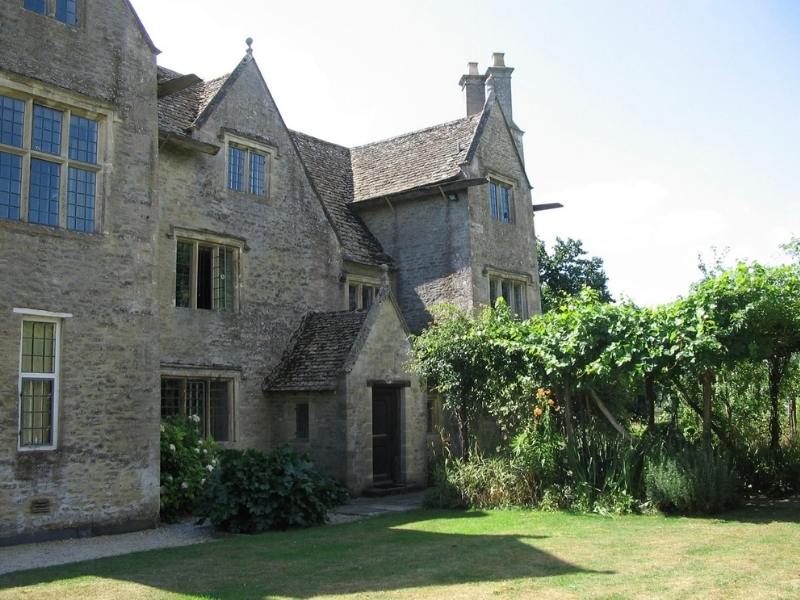
Cirencester
Cirencester is located in East Gloucestershire and is the largest town in the Cotswolds. It sits on the River Churn and has a distinctly historical feel about it.
The 15th and 16th-century streets are lined with charming period architecture that winds its way to the market square. The impressive Parish Church of St. John Baptist dominates the square with its cathedral-like presence. Cirencester was once an important Roman settlement that had a thriving wool trading industry.
South of the town’s centre, visitors can see the remains of a 2nd-century Roman amphitheatre. To learn more about the town’s Roman past, as well as the Norman and Saxon eras, visit the Corinium Museum.
If you’re in the mood for a little retail therapy, you’ll have no problem finding upscale shopping, quirky boutiques and antique stores.
Looking for accommodation in the Cotswolds? My guide to the best places to stay in the Cotswolds (villages and hotels) has options for every travel style and budget.
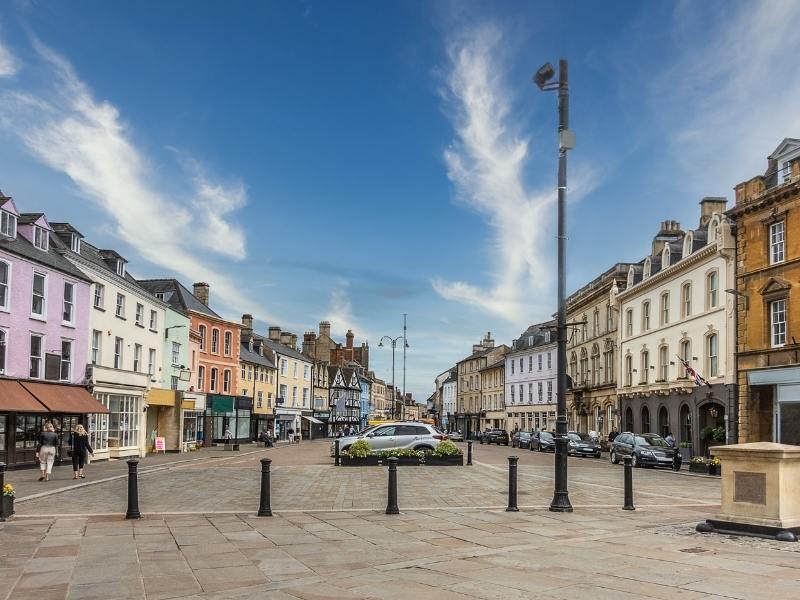
Enjoy the sights and smells at Cotswold Lavender Fields and Farm
Among all of the places to see in Cotswolds, the Cotswold Lavender Fields and Farm may be the most beautiful. It’s a family-owned farm on the edge of the village of Snowshill that grows 35 different varieties of lavender.
Mid-June through early July is the ideal time to visit because the plants will be flowering. Visitors should bring their cameras to capture the breathtaking colours as they walk amongst the rows upon rows of blooming lavender.
Bring a picnic lunch! There are many spots that would make an ideal setting for a charming afternoon nibble. Eventually, the lavender will be used to make a variety of products including English Lavender Essential Oil.
There is a tea room and gift shop on-site as well. The weekends do tend to be crowded, so if possible, plan to visit on a weekday.
Tickets:
Children under 5 are free
Children £2.50
Adults £3.50
Address: Hill Barn Farm, Snowshill, Broadway, Worcestershire WR12 7JY
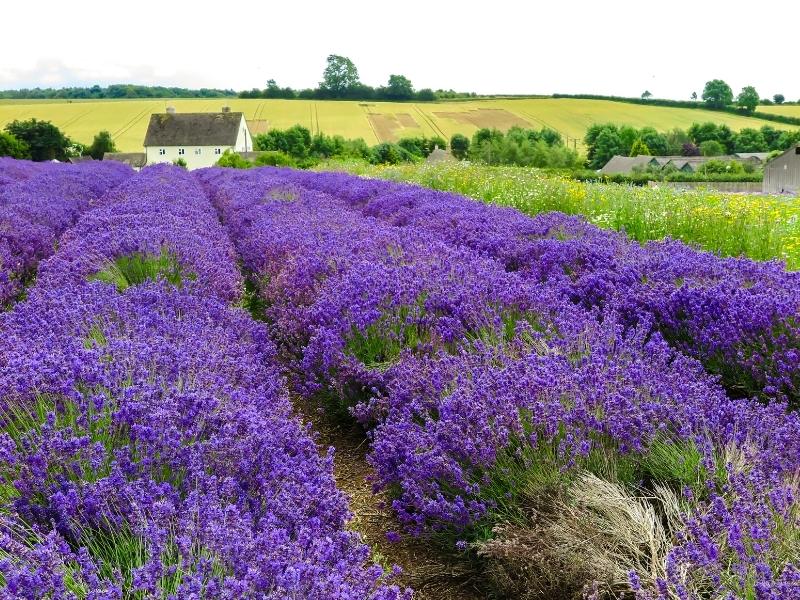
Climb Broadway Tower for spectacular views of the Cotswold’s countryside
In 1794, Lady Coventry gazed across the English countryside and wondered if a light perched on a certain beacon hill would be visible at her home 22 miles away.
There was only one way to find out — hire the most famous landscape architect of the day, Capability Brown, to build an elaborate tower on the spot and see.
Years later, the tower was used as a home for a printing press and later, in the 1950s, as a station to monitor nuclear fallout. Today, this peculiar castle-like tower dominates the landscape.
It is surrounded by 50 acres of rolling green hills has become an iconic local landmark. By the way, as it turns out, the tower’s beacon could indeed be seen at Lady Coventry’s house.
Tickets: Tower, park and picnic
Children (6-16) £4.00
Adults £8.00
Family (two adults and two children) £20.00
Address: Middle Hill Broadway Worcestershire WR12 7LB.
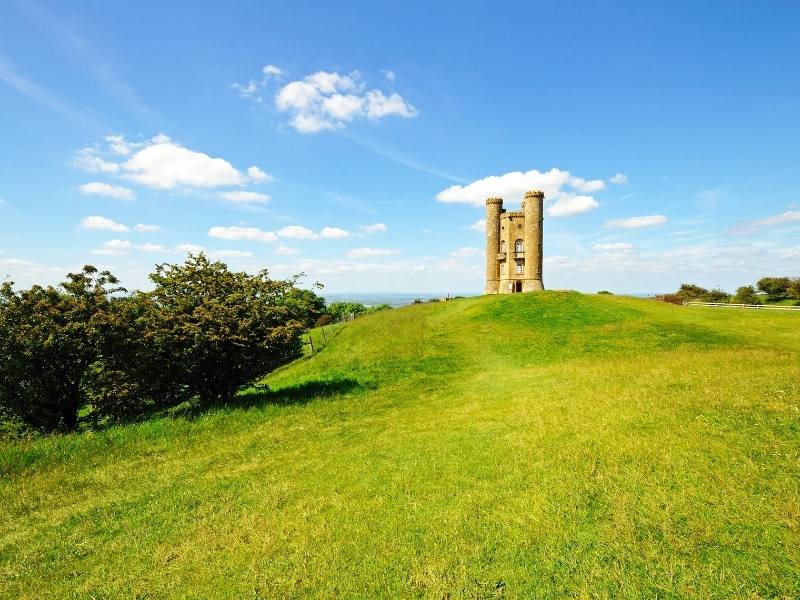
Arlington Row
Of all the Cotswolds attractions, you must make time to see Arlington Row. In the charming village of Bibury, near the River Coln, Arlington Row is perhaps the loveliest, most idyllic street in the entire UK in arguably the most beautiful village in the Cotswolds.
It’s a collection of 14th century stone cottages on Awkward Hill that are so quaint that they’ve earned the distinction of being one of the most photographed destinations in the Cotswolds.
The honey-colored cottages were originally built for wool storage and eventually became the homes of the weavers.
Today they are preserved by the Royal College of the Arts but maintain their weathered and charming fairytale appearance. Arlington Row is a must-visit, but beware, the parking is very scarce.
Looking for accommodation in the Cotswolds? My guide to the best places to stay in the Cotswolds (villages and hotels) has options for every travel style and budget.
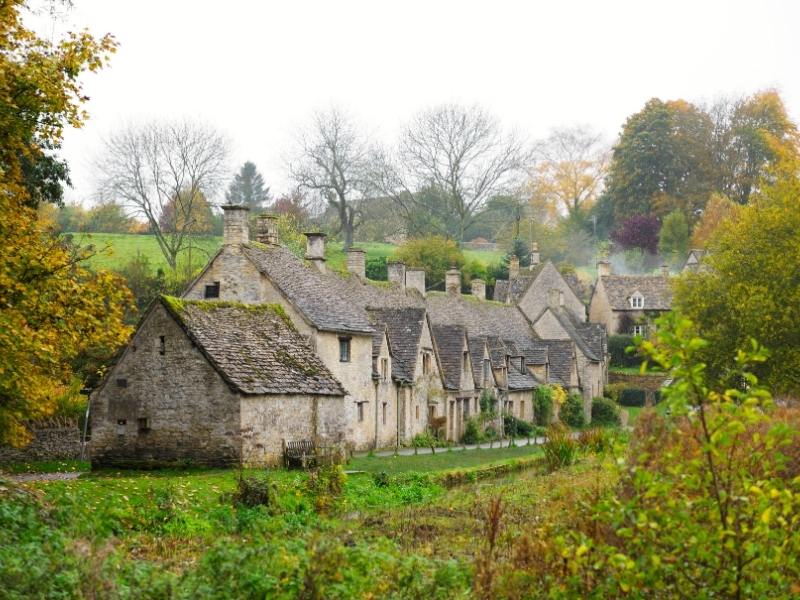
Take a cookery course
There are some fantastic experiences available in the Cotswolds. Why not book one of these baking activities and learn how to make some traditional English cakes and scones?
- Baking Scones in a Cotswold Cottage – Step inside a 15th century Cotswold thatched cottage to learn to bake English scones.
- Traditional Afternoon Tea-Baking Class – Bake a rich and delicious chocolate fudge cake or Victoria Sponge and different variations of sweet and savoury scones!
- The magic world of chocolate – You will be able to produce very professional chocolates using the facilities of a home kitchen so you can continue to do at your own home having been through the experience.
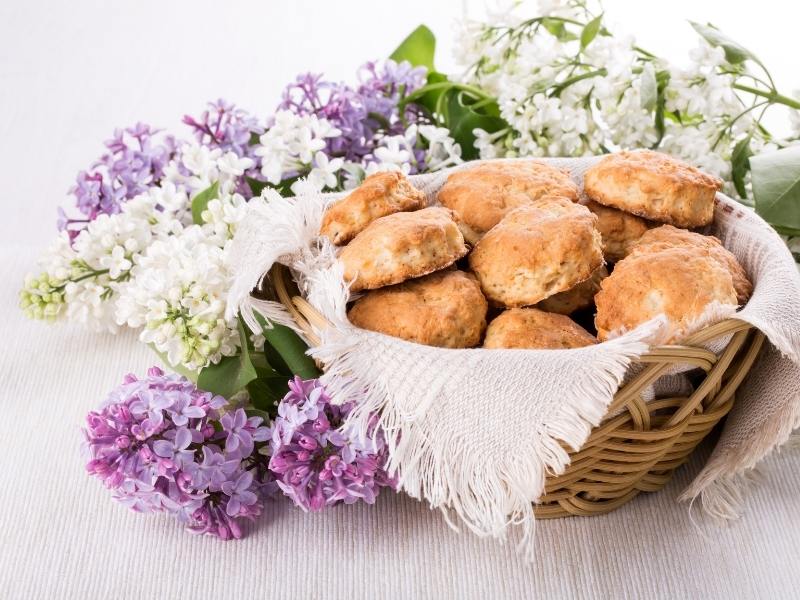
Have a traditional pub meal or afternoon tea
With so many wonderful pubs and tea shops in the Cotswolds, you are spoilt for choice.
These are some of my recommendations:
Pubs
The Bell – Stow on the Wold
The Churchill Arms – Paxford
The Wheatsheaf – Northleach
The Swan – Swinbrook
The Lion Inn – Winchcombe
The Swan Inn – Moreton-in-Marsh
Afternoon teas
The Painswick Hotel – Painswick
Tisanes Tea Room – Broadway
Lavender Bakehouse and Coffee Shop – Chalford
Marshmallow Tea Room – Moreton-in-Marsh
The Slaughters Country Inn – Lower Slaughter
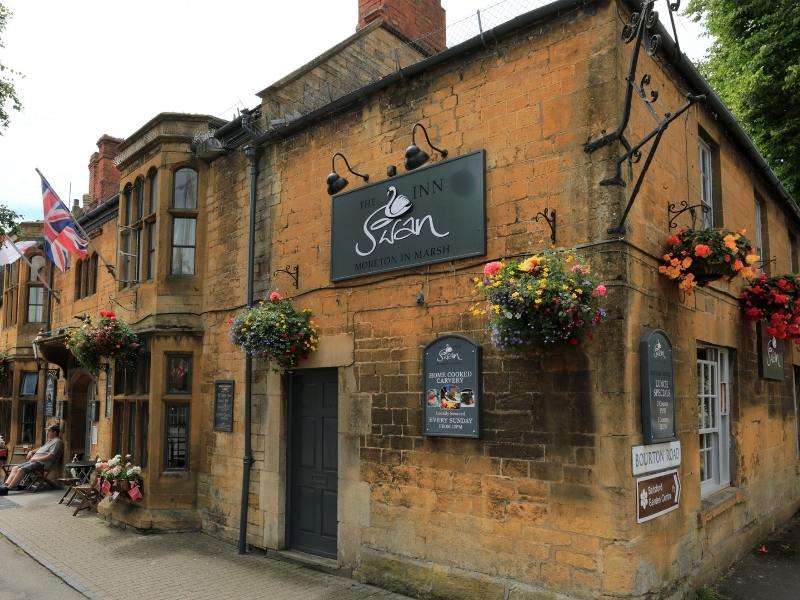
Cotswolds Attractions Map
Best places to stay in the Cotswolds
Now you know what you want to see and do in the Cotswolds you may be considering accommodation options for your trip.
With lots of great places to stay in the Cotswolds to suit all budgets and travel styles, I have curated a small selection of recommendations below.
Luxury – Oak House No.1 (Tetbury)
Boutique – The Painswick
Family Hotel – The Slaughters Country Inn
B&B – The Old New Inn (Bourton on the Water)
Budget – Number Four at Stow
Looking for accommodation in the Cotswolds? My guide to the best places to stay in the Cotswolds (villages and hotels) has options for every travel style and budget.
Tips to make the most of your Cotswolds visit
- Plan your itinerary carefully – don’t over plan however as you may wish to spend more time exploring a village plus travel times between places can take longer than expected.
- Book accommodation early – the Cotswolds are a popular destination at all times of the year. Look for accommodation with parking or you may find you have quite a walk with your luggage.
- Book restaurants and pub meals ahead of time especially at weekends.
- The roads can be congested with cars, coaches and tour buses and parking can be difficult in some of the smaller villages e.g Bibury, Lower Slaughter. Try to visit these villages earlier in the day before the buses and coaches arrive.
- Carry change for parking.
- Wear comfortable walking shoes as you may have to walk some distance from your car.
- Take snacks and drinks with you (though do stop off for an ice cream or cuppa in one of the many quaint tea shops)
- Don’t forget your camera!
Final words about visiting the Cotswolds
So this is my guide to the best things to do in the Cotswolds and suggestions to help you plan your visit to this beautiful region of England.
We have more helpful and informative posts to help you plan your trip to the Cotswolds:
- WHERE TO VISIT – Guide to the most beautiful Cotswold villages and towns many of which also feature in our choice of the most beautiful villages in England too!
- BEST TOURS – 7 Best Cotswolds tours from London
- PLAN YOUR TRIP – Everything you need to know is in our Cotswold Travel Guide
- WHAT ELSE IS THERE TO SEE? Check out our top 10 things to do in South West England
- WHAT TO PACK – Check out our UK packing list for all seasons
- HOW TO GET THERE – How to travel to the Cotswolds from London

